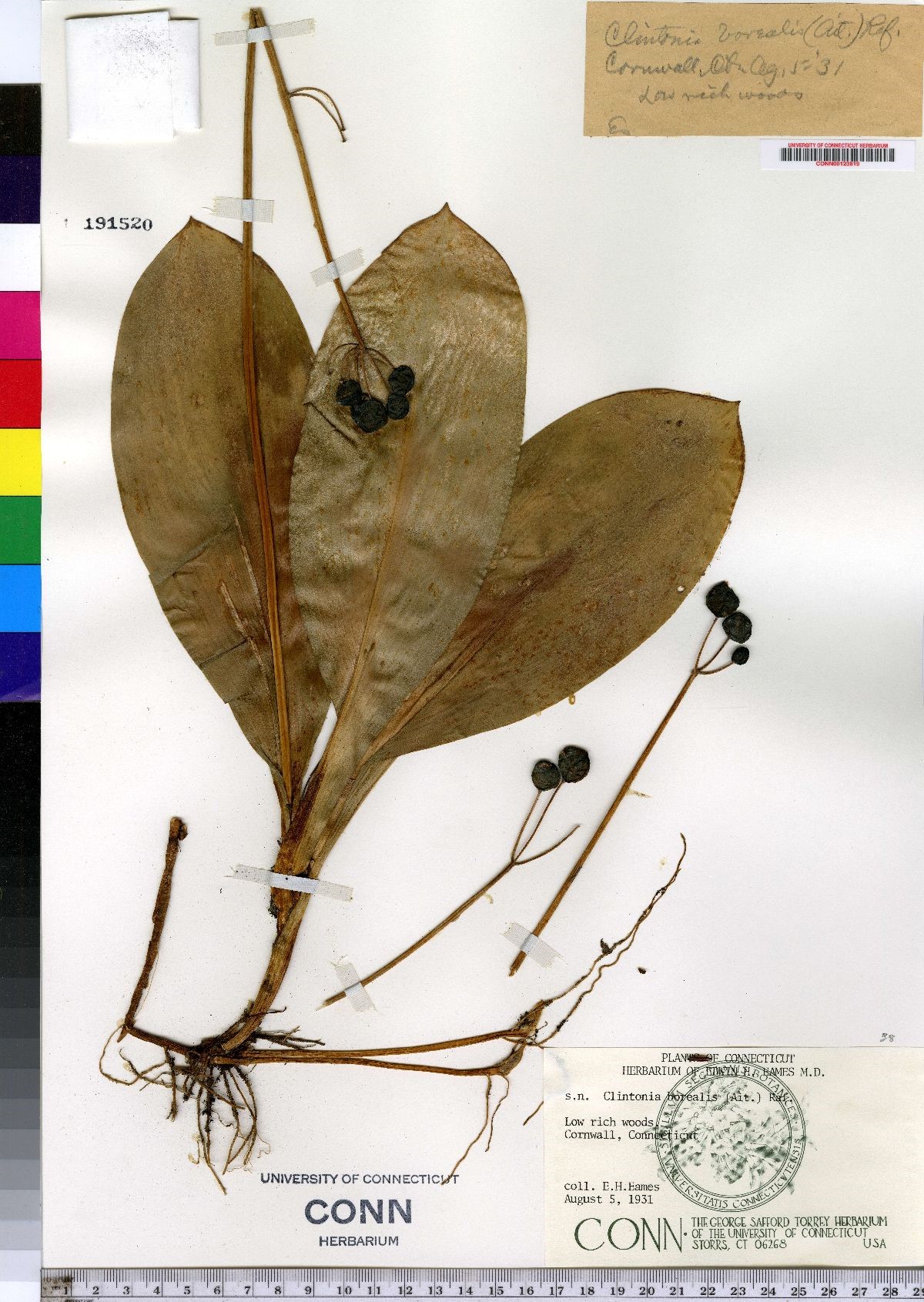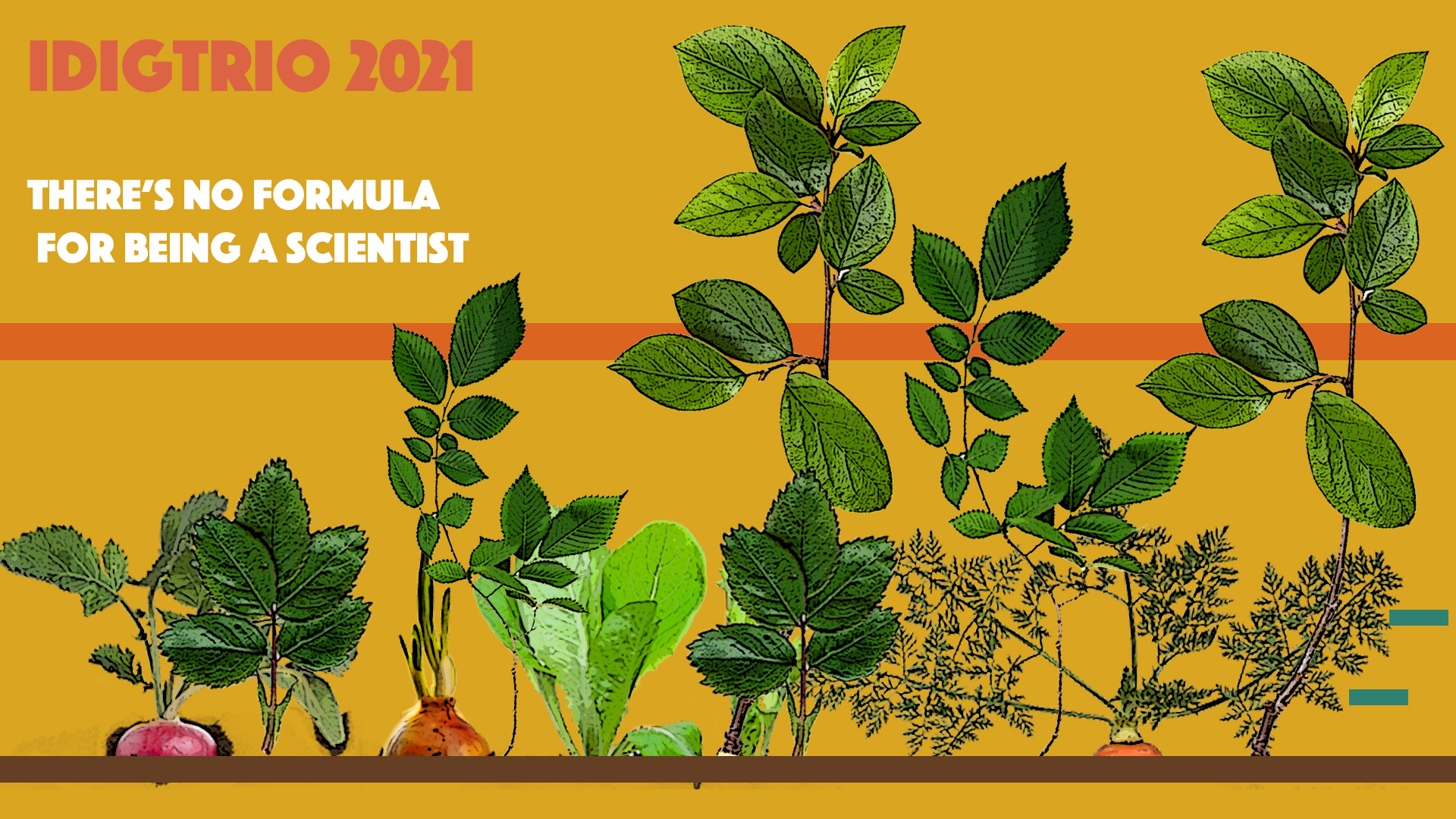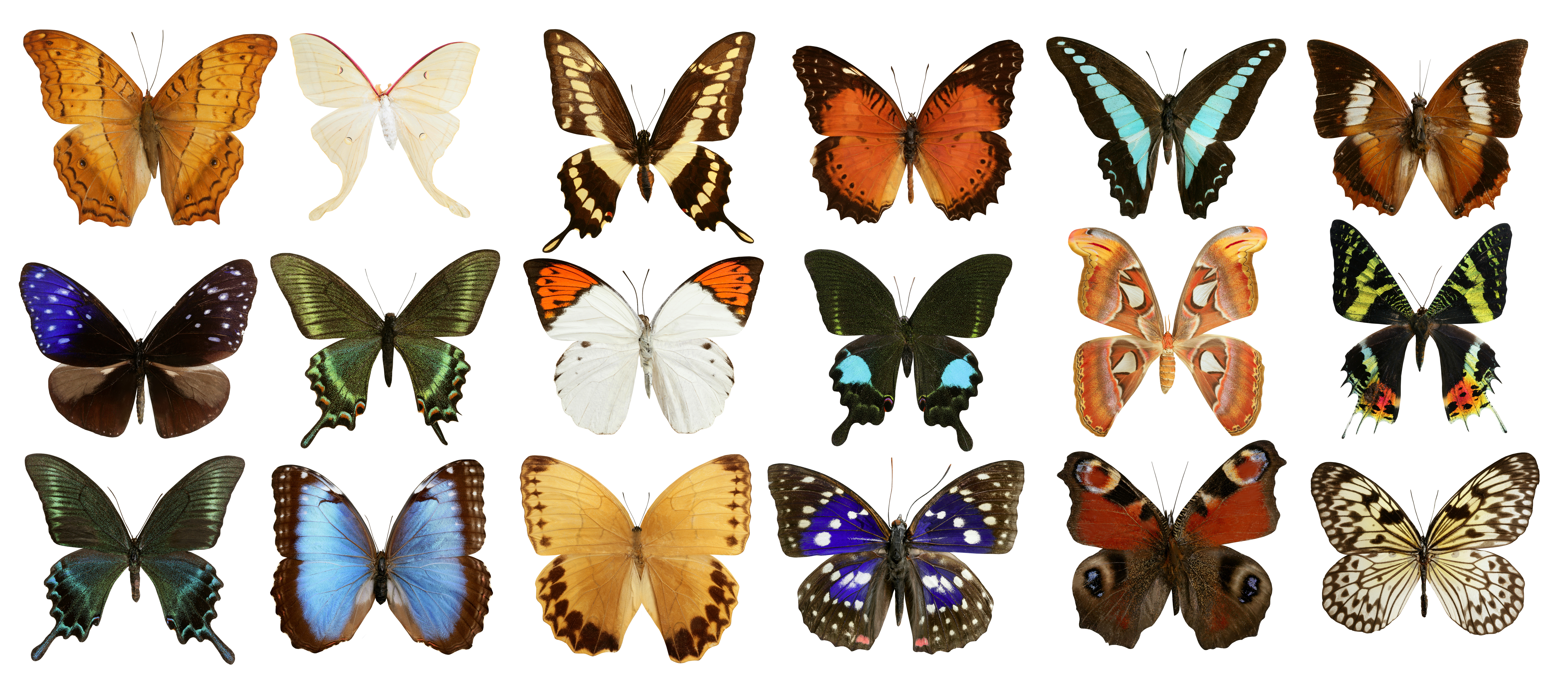Research Spotlight: August 2021
Digitized paleontological collections recontextualize the ecology of introduced turkeys in California
Contributed by: Ashwin Sivakumar & Alexis Mychajliw
Digitized paleontological collections recontextualize the ecology of introduced turkeys in California
Contributed by: Ashwin Sivakumar & Alexis Mychajliw
Contributed by: Molly Phillips
iDigBio launched its new Digitization Academy this summer with an inaugural course, Introduction to Biodiversity Specimen Digitization. This free, online course focuses on introducing the creation of digital data about biodiversity specimens to those who are just beginning this activity.
iDigBio researchers and staff joined nearly 2000 other attendees from over 60 countries at the virtual Botany Conference, July 18-23, 2021. Talks throughout the conference showcased the essential role of herbaria–and digitized data associated with herbarium specimens–in the botanical sciences.
TDWG 2021, the annual conference of Biodiversity Information Standards, will be held virtually October 18-22, 2021, hosted by the University of Florida. The theme of this year’s conference, Connecting the world of biodiversity data: standards uniting people, processes, and tools, will build on lessons learned during the preceding 18 months of virtual interaction and collaboration during the COVID-19 pandemic. TDWG 2021 will be held on the virtual platform Whova, and the schedule will include keynote lectures, symposia, workshops, demos, contribut
Assessment of the pinned specimen digitization progress of the University of Alaska Museum Insect Collection
Ashley L. Smith, Derek S. Sikes, Taylor L. Kane, Adam Haberski, Jayce B. Williamson, Renee K. Nowicki, Michael J. Apperson
University of Alaska Museum, University of Alaska Fairbanks, Fairbanks, Alaska, USA
This article was originally published in the Alaska Entomological Society Newsletter AKES_newsletter_2021_n1_a01.pdf (akentsoc.org)

Written by Erica Krimmel.
"If their lives are short, they are merry," and "they still continue on singing till they die." - Benjamin Banneker

Photo by lalo_pangue on Flickr.

Digitized museum specimens, such this bluebead lily (Clintonia borealis), were used to determine the time of fruit ripening. © Consortium of Northeast Herbaria.
Contributed by: Molly Phillips

Phlox drummondii found on the roadside in Florida this spring. Photo contributed by Shari Ellis.
Contributed by Samanta Orellana


by: Vaughn Shirey, Michael Belitz, Vijay Barve, Rob Guralnick

Photo courtesy of Jeffrey Weinell, University of Kansas Biodiversity Institute and Natural History Museum

Dear iDigBio Enthusiasts,
I am delighted to report that iDigBio enjoyed an exceptionally successful and productive 2020 made possible in large part by contributions of the many collaborators whose consistent support, involvement, and input have been highly valued and much appreciated. We enter the new year eager to continue integral involvement in the biodiversity collections community.

After many months of hard work in collaboration with our partners at GBIF, we are excited to announce that the new and improved iDigBio US Collections List has officially launched as of this week.
This latest development for the first time enables shared data management across iDigBio and GBIF, in addition to facilitating a unified, more efficient, and more exhaustive list of US Collections.
Contributed by: Libby Ellwood, Austin Mast, Robert Bruhn and Kevin Love

Contributed by: Molly Phillips
Dear Colleagues,
iDigBio is pleased to announce a 7-week "Strategic Planning for Biodiversity Collections” online course.
Take this opportunity to introduce new purpose and excitement into your organization. Prepare to relate your collection’s compelling vision to stakeholders and discuss long-term goals and strategies with administrators.
Article by: Caitlin J.Campbell, Graduate Assistant at the UF Department of Biology
Contributed by Cat Chapman
Have you ever been out on a walk through nature, or even in your neighborhood, and saw what appeared to be a clump of tiny leaves, debris, or lichen… only to see it move?
Upon closer inspection of this mysteriously motile clump of detritus, you may see that it has tiny little legs underneath it. It’s alive!
Meet the trash bug!
Welcome to all of the newly NSF-funded Advancing Digitization of Biodiversity Collections (ADBC) projects. This year we have three new Thematic Collections Networks (TCNs) and 13 Partners to Existing Networks (PENs) joining the community.
2020 TCNs:
